
Gemstone Guide
There are so many different gemstones that come in various colors and variations that it would be hard not to find one to suit your specific taste. Learning a bit about each gemstone and its basic properties will help you in your search for the perfect stone.
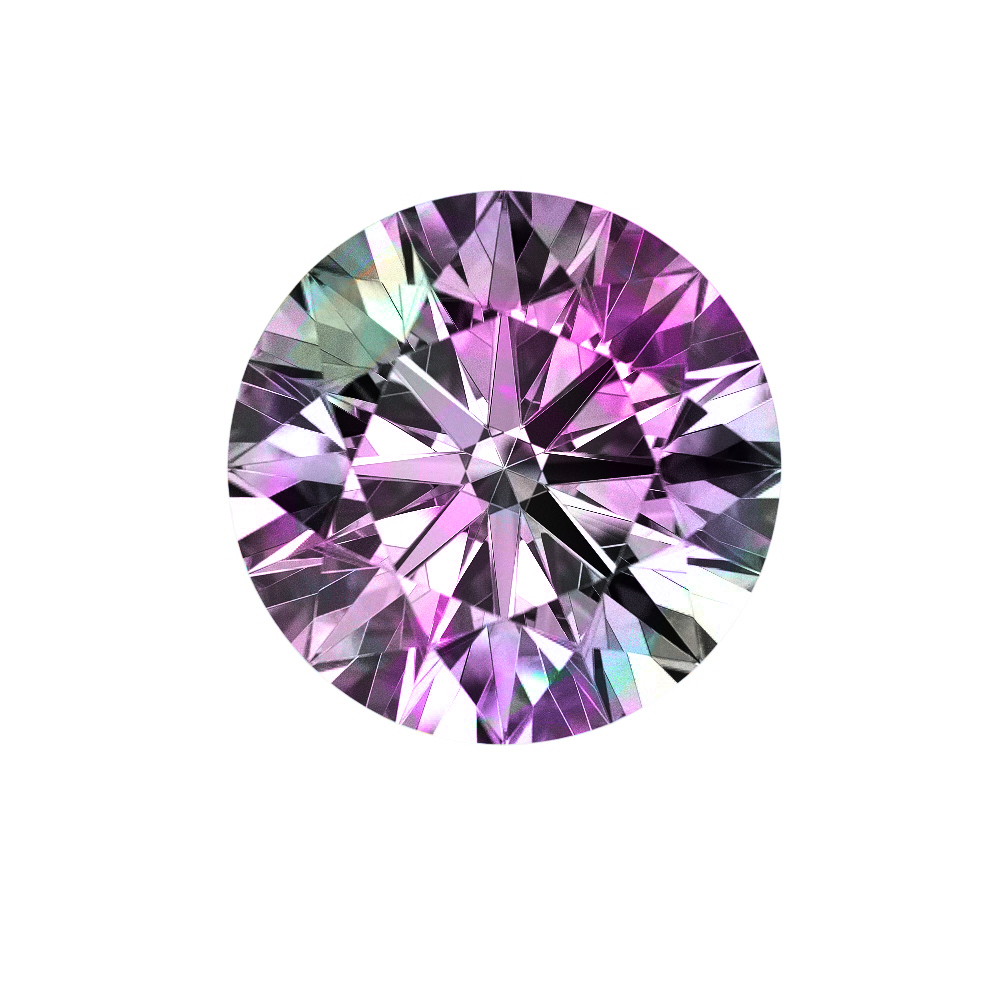
Alexandrite
Alexandrite is a variety of chrysoberyl. Named after Czar Alexander II, it is a color change stone that is green in daylight and light red in artificial light. Mined in Sri Lanka, Rhodesia, Brazil, Burma, Tasmania, and the U.S., Alexandrite is quite rare and is barely ever used in modern jewelry. What is most famous about this stone is that it has the ability to change color. This unique characteristic makes Alexandrite one of the most valuable gemstones of all. It is also a very expensive stone. On Mohs” scale of hardness, Alexandrite is 8.5. June Birthstone.
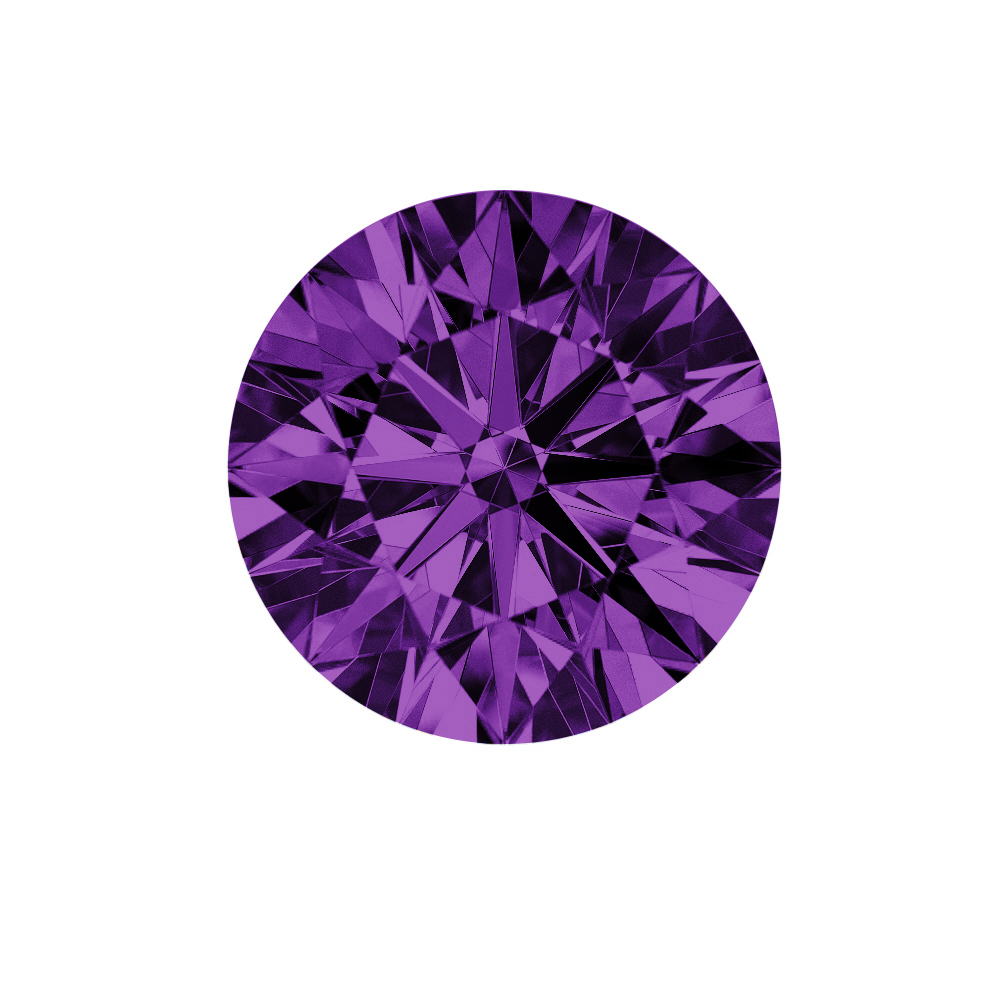
Amethyst
Amethyst is the most highly valued and recognizable gemstone of the quartz family. Its affordable pricing makes it a perennially popular choice. It is found in a range of colors from violet to pale red-violet. Its primary sources include Brazil (Rio Granda, Para), Madagascar, Zambia, Uruguay, Burma (Myanmar), India, Canada, Mexico, Namibia, Russia, Sri Lanka and the United States (Arizona). On Mohs” scale of hardness, amethyst is 7. February Birthstone.
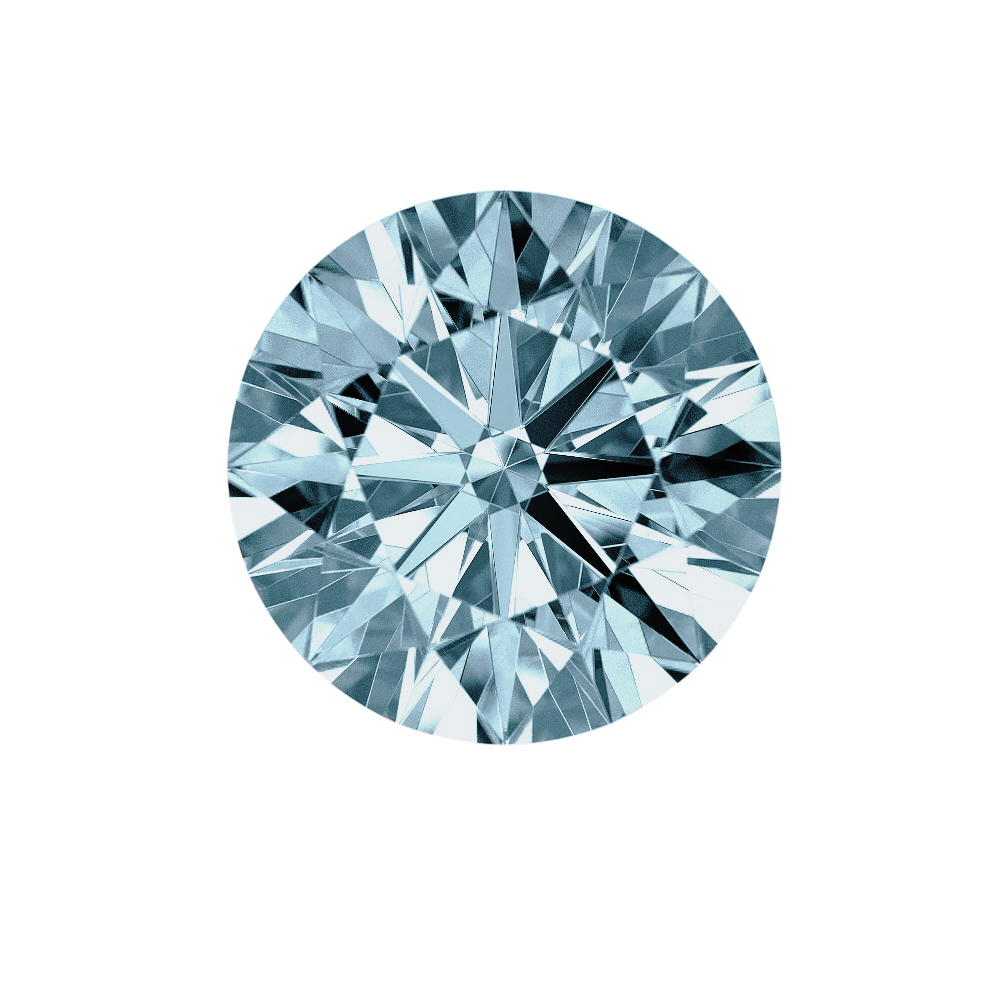
Aquamarine
Aquamarine is a member of the beryl family and ranges in color from an almost colorless pale blue to blue-green or teal. The most prized color is a deep-blue aqua color. It is 7.5-8 on the Mohs’ scale of hardness and gets its name from Latin words meaning water and sea. The most valuable aquamarines come from Brazil, but it is also mined in Kenya and Nigeria, Madagascar, Zambia, Tanzania, Sri Lanka, Pakistan, Afghanistan, and Russia. March Birthstone.
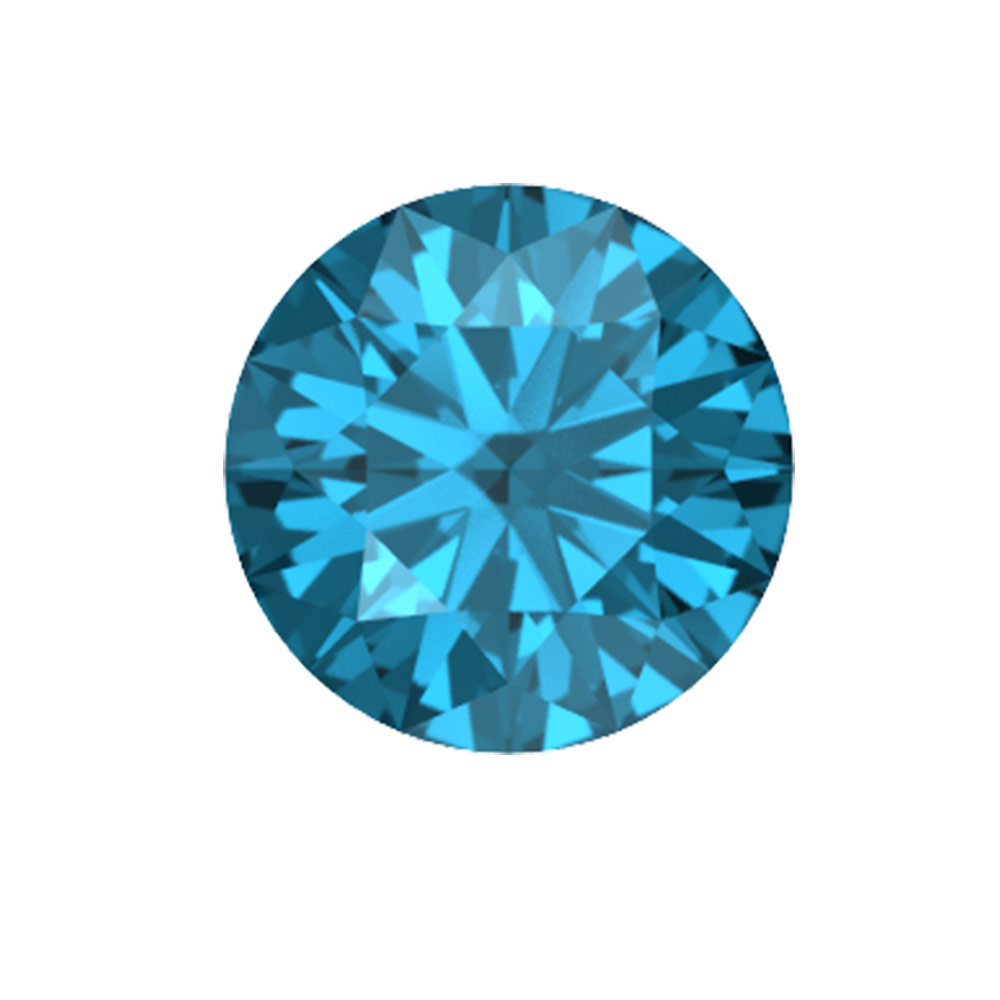
Blue Topaz
Topaz occurs in a wide range of colors including red, orange, peach, pink, gold, yellow, brown and clear and is found in Brazil, Sri Lanka, Pakistan, and Russia. Naturally pale to medium blue topaz is enhanced by irradiation to produce a more intense blue color. Topaz is a very hard gemstone, an 8 on the Mohs’ scale of hardness; it can be split with a single blow and should be protected from hard knocks. November Birthstone.

Citrine
Citrine is a quartz crystal. While its name refers to a lemon-yellow color, citrine can be found in a range of yellows from light yellow to dark yellow and golden brown. On Mohs” scale of hardness, citrine is 7. Sources include Brazil, Madagascar, the United States, Argentina, Burma (Myanmar), Namibia, Russia, Scotland, and Spain. November Birthstone.
Citrines are a beautiful stone that is trying to make a comeback in the jewelry world.

Tournaline

Garnet
Garnets usually come in a deep red variation that is very pleasing to the eye. Garnets refer to more than ten different gemstones that have a similar chemical composition. Although red is the color most often that garnets come in, there are also sometimes variations of green, yellow, orange and earthy tones. Rhodolite is a purplish red; hessonite is the name for an orange, cinnamon, or pinkish variety. Tsavorite is the name given to dark green grossularite. Uvarovite and demantoid are also green varieties. The color of a garnet tends to change when seen during daylight or artificial light, therefore making them even more sought after. Mohs” scale of hardness, garnet is 6.5-7.5 Garnets have excellent wearing qualities as a result of their hardness. Garnets come mostly from African countries, but also from India, Russia, and Central and South America. January Birthstone.

Topaz
A very hard and lovely mineral that has been known and valued both in ancient and modern times. Topaz naturally comes in yellow, brown, red, pink, and colorless varieties, but is also available in modern times in several shades of blue through treatment with irradiation. Topaz can be found in Brazil, Sri Lanka, Pakistan, and Russia. Topaz is a very hard gemstone, an 8 on the Mohs’ scale of hardness; it can be split with a single blow and should be protected from hard knocks. November Birthstone.
Topaz has become a quite exotic stone and is sometimes confused with the quartz topaz, but topaz in its pure form is quite beautiful and exotic.

Opal
Opal is a unique gemstone with a beautiful play-of-color display. It can exhibit a full range of hues from the color wheel set against a light or dark background. On Mohs” scale of hardness, opal is 5.5-6.5. Primary sources include Australia, Brazil, Guatemala, Honduras, Indonesia, Japan, Mexico, Russia, Nevada, and Idaho.
Almost 95% of opals come from Australia. The group of opals contains a number of different gemstones, which share one characteristic; they all shine and sparkle in a forever changing play of colors. While there are many different types of opal, the three most popular are black opal, white opal, and fire opal. Black opal is the rarest, most expensive and considered by many the most beautiful. Since opals are not very hard, they need a protective setting and should be worn as often as possible because humidity and air help the stone last. October Birthstone.
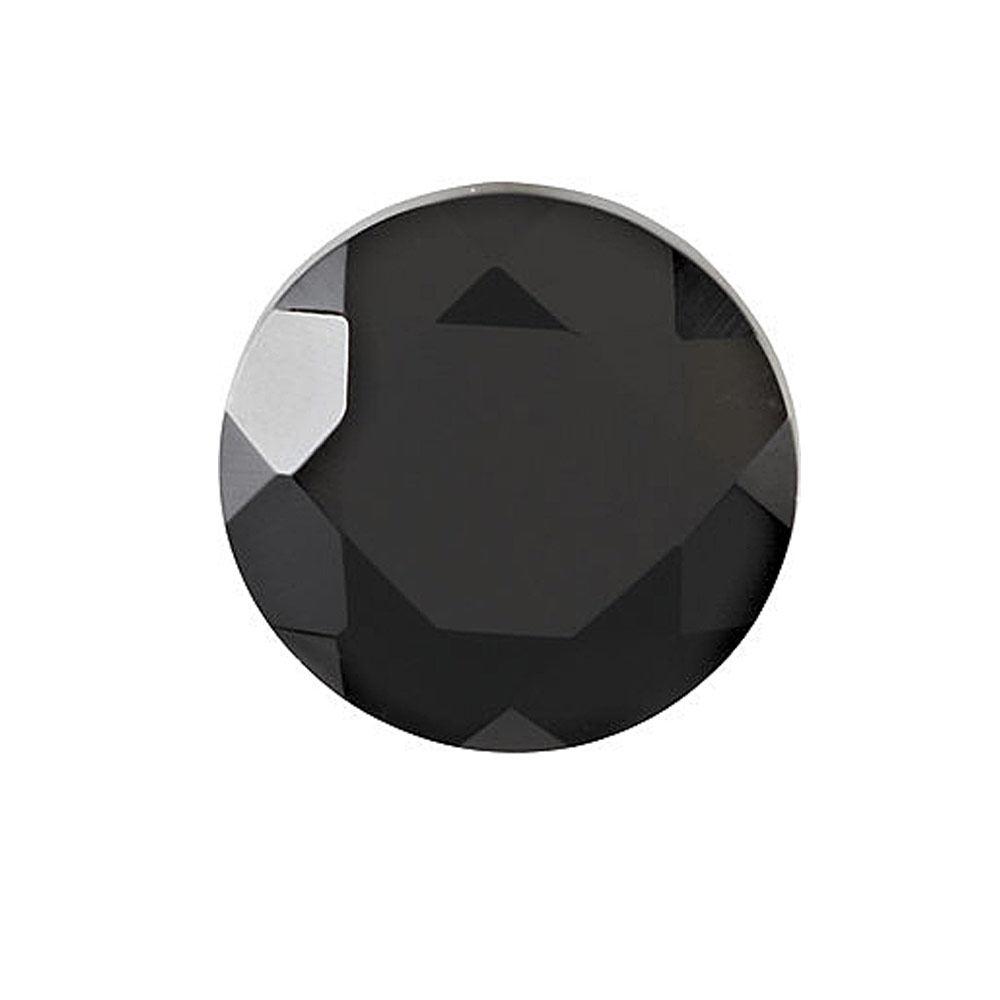
Onyx
Onyx is chalcedony quartz that is mined in Brazil, India, California, and Uruguay. It has a fine texture and black color; however, some onyx also displays white bands or ribbons against a black or brown background and this variety is known as sardonyx.
Other varieties of onyx come in white, reddish-brown, brown and banded. A variety of onyx that is reddish-brown with white and lighter reddish bands is known as sardonyx. It is a 6.5 on the Mohs’ scale of hardness. Onyx is a very good stone for use in carving. July Birthstone.
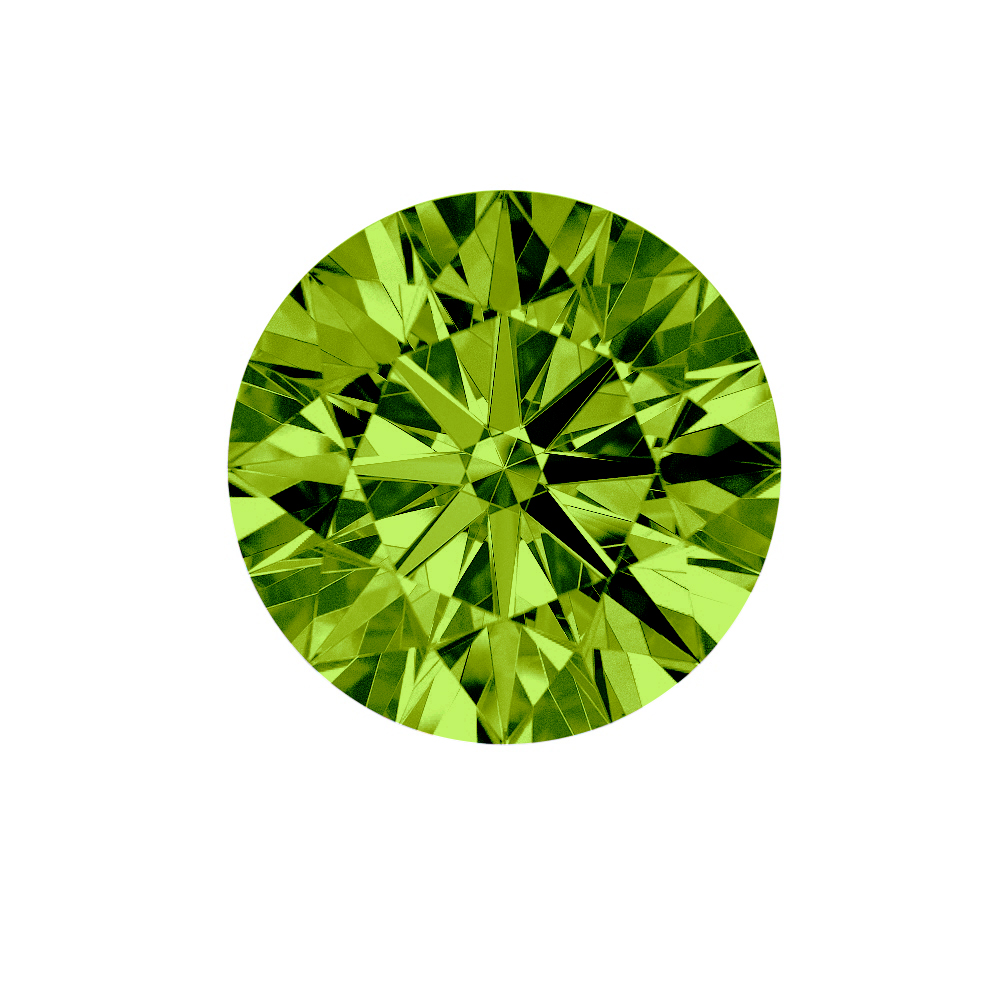
Peridot
The Peridot reflects a variety of green hues, from dark leek green to a lighter yellow-green. Peridot is a gemstone variety of chrysolite that varies in color depending upon the balance of iron and magnesium within the stone. The dominant source of peridot today is Arizona, with other significant deposits in Myanmar, Brazil, Australia, Norway, and Africa. Peridot is the gem variety of olivine and ranges between 6.5 and 7 on the Mohs’ scale of hardness. August Birthstone.
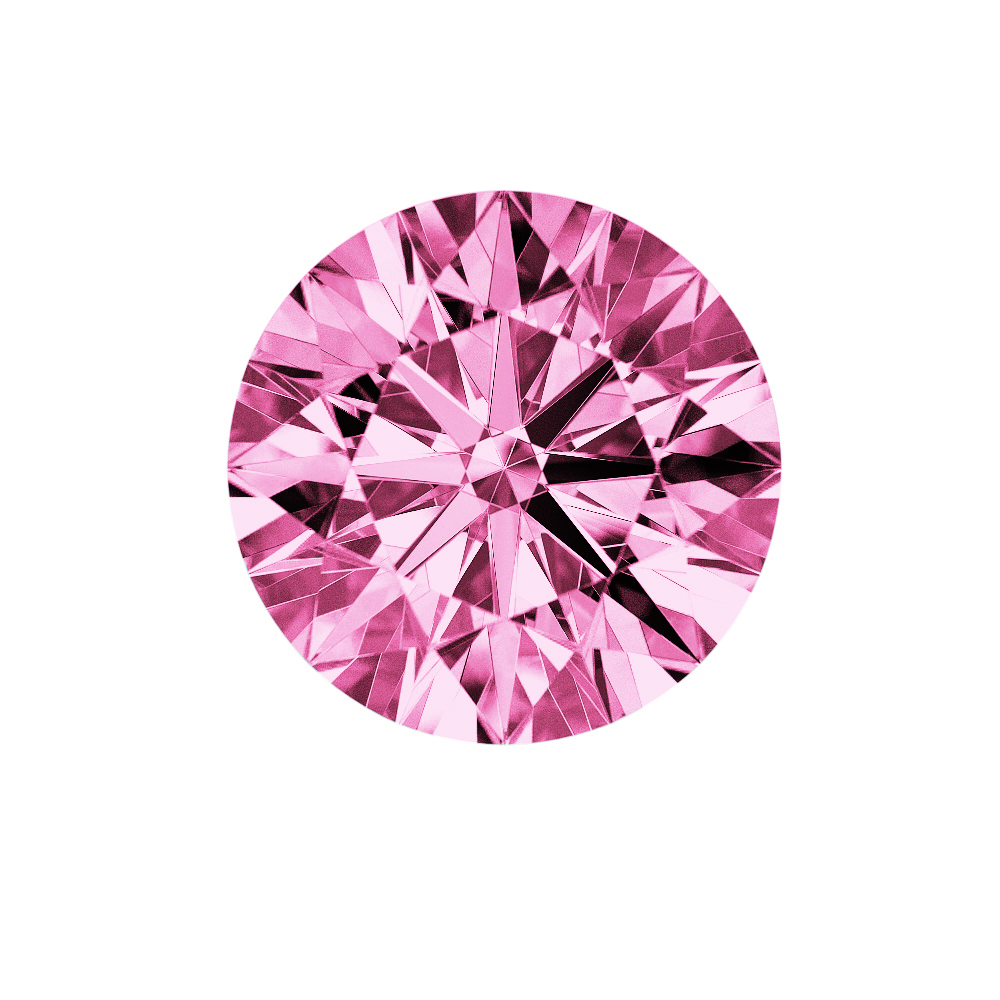
Pink Sapphire
When people think of a sapphire, they often conjure up images of deep bluish tones. However, sapphires come in many different colors. The most valuable fancy sapphire color is the pink sapphire. Pink sapphire’s come in different shades, there are orange-pink and pinkish-orange. Sapphires are a 9 on the Moh’s scale of hardness. We will learn more about sapphires in the sapphire section. September Birthstone.

Ruby
Ruby is a gemstone in the corundum family. It exhibits a range of red colors, and the most desired color is pigeon’s blood (pure red with a hint of blue). The red in rubies come from the presence of chromium, and the occasional brownish hues come from the presence of iron. On Moh’s scale of hardness, ruby is 9. Rubies are sourced in Burma (Myanmar), Thailand, Sri Lanka, Tanzania, Afghanistan, Cambodia, Kenya, Madagascar, and Vietnam. July Birthstone.
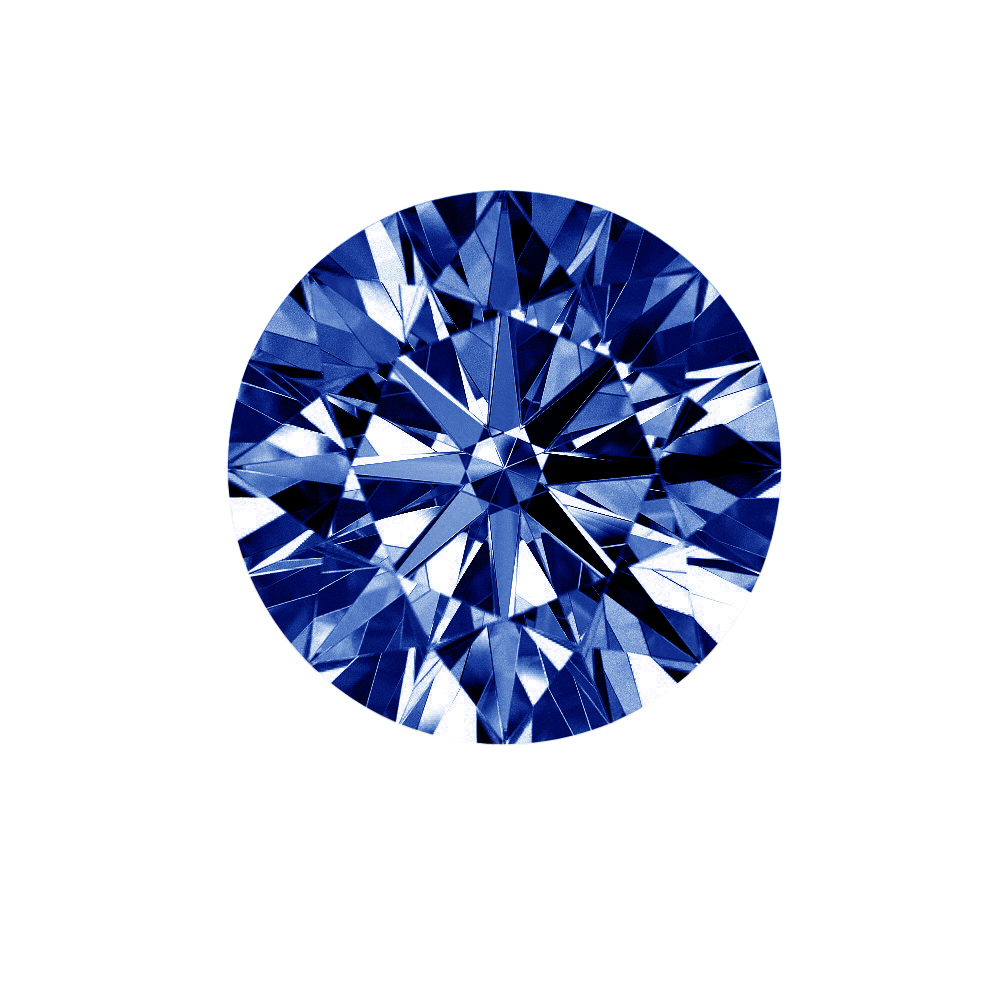
Tanzanite
Tanzanite is a variety of zoisite. It has naturally occurring shades of blue, green, yellow, pink, brown and khaki but virtually all gemstone quality crystals are heat-treated to produce the highly valued shades of sapphire blue, amethyst and blue-violet. On Mohs” scale of hardness, tanzanite is 6.5-7. Tanzanite is found in Tanzania near Arusha. Tanzanite is a brittle stone and although it can be worn daily, care should be taken to protect it from knocks, pressure and extreme temperature changes. December Birthstone.

Smoky Quartz
Smokey Quartz is a variety of chalcedony or microcrystalline quartz with a hardness rating of 7. Very similar to agate, and treated agate is often sold as black onyx. Onyx may be brown, white, grey, or black. Quartz is such a versatile stone, and also one of the most popular. Quartz comes in many varieties and tends to be very affordable. It has become known as the chameleon of gemstones and as the rock crystal? which was used in ancient times to make crystal balls. Smoky quartz is a brown transparent quartz variation that is normally used for unusual cuts.
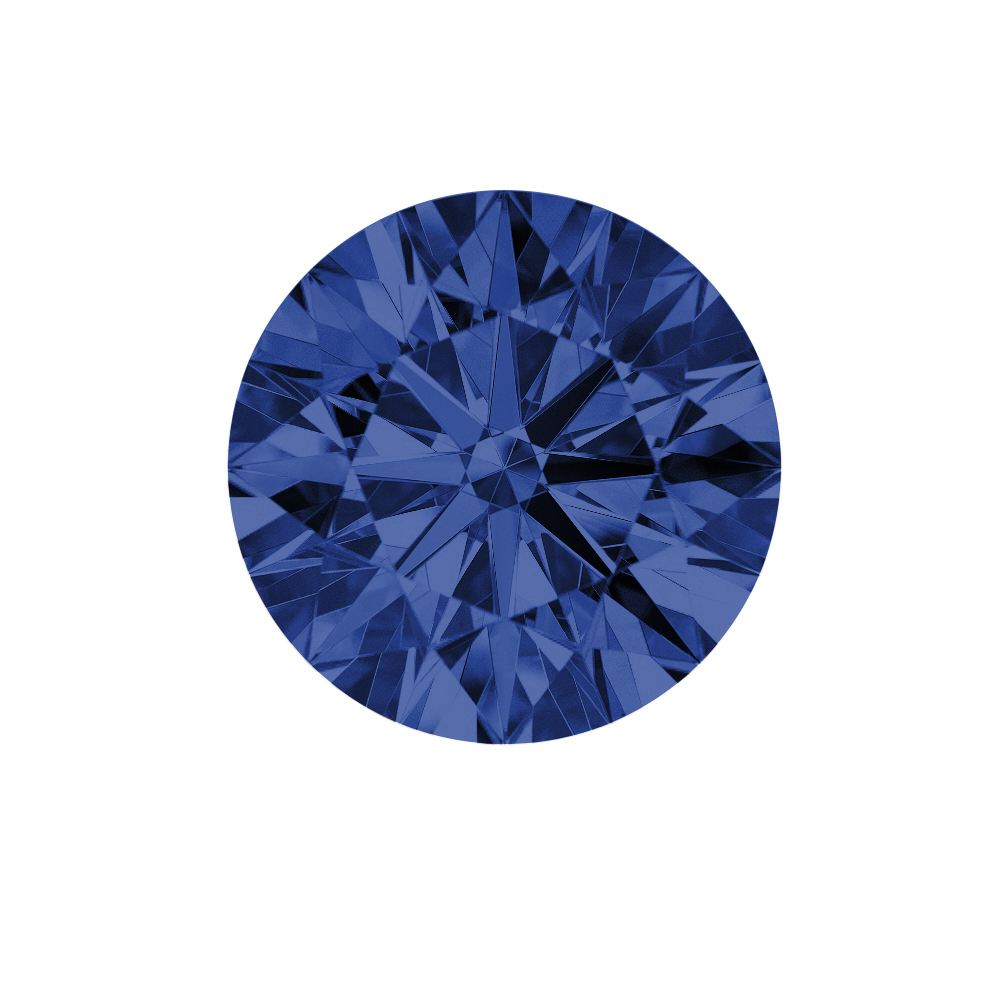
Sapphire
Sapphire
While sapphire and ruby are both corundum, they are distinguished by color. All red corundum is ruby. Everything else is sapphire. Sapphires posses the deepest blue color that comes in so many different shades and tones, such as yellow, pink, orange and purple. The most noted for the color blue, cornflower blue in particular. Sapphires have beauty, magnificence, transparency, and durability. The sapphire is a 9 on Mohs” scale of gemstone hardness; sapphires are second only to diamonds in hardness. Sapphires other than blue are often referred to as fancy sapphire. While there is a wide range of colors, the most popular colors include padparadscha (light to medium toned, orange-pink), pink sapphire and orange sapphires. Sapphires are only found in a handful of places throughout the world, such as India, Burma, Ceylon, Thailand, Vietnam, Australia, Brazil, and Africa. A sapphire’s value depends on the size, color, and transparency of the stone. September Birthstone.

Lab-Created Gemstones
Lab-created gemstones are made of the same mineral composition as natural gemstones and are created in laboratories with equipment that simulates the high pressures and heat that nature used to create the real gemstones far beneath the surface of the earth. A lab-created gemstone is identical to the natural gemstone it replicates in every way; color, hardness, composition, luster, looks, etc. The only difference between a lab-created gemstone and a natural gemstone is that the natural gemstone most likely has flaws called inclusions, and lab-created gemstones have no inclusions, as the mineral composition, heat, and pressure are controlled in the laboratory. Having no inclusions in a perfect lab created gemstone sounds favorable, however too perfect can sometimes look unnatural or phony. Chatham lab-grown synthetic gemstones are not imitations. The Chatham created gemstone is identical to its natural counterpart. Only by careful examination under high power magnification can a trained gemologist separate the natural gemstone from the Chatham lab-grown synthetic gemstone. *We indicate in our descriptions if the gemstone is a Chatham stone now you can get top quality, top color gemstones for a fraction of the price of natural gemstones. May Birthstone.
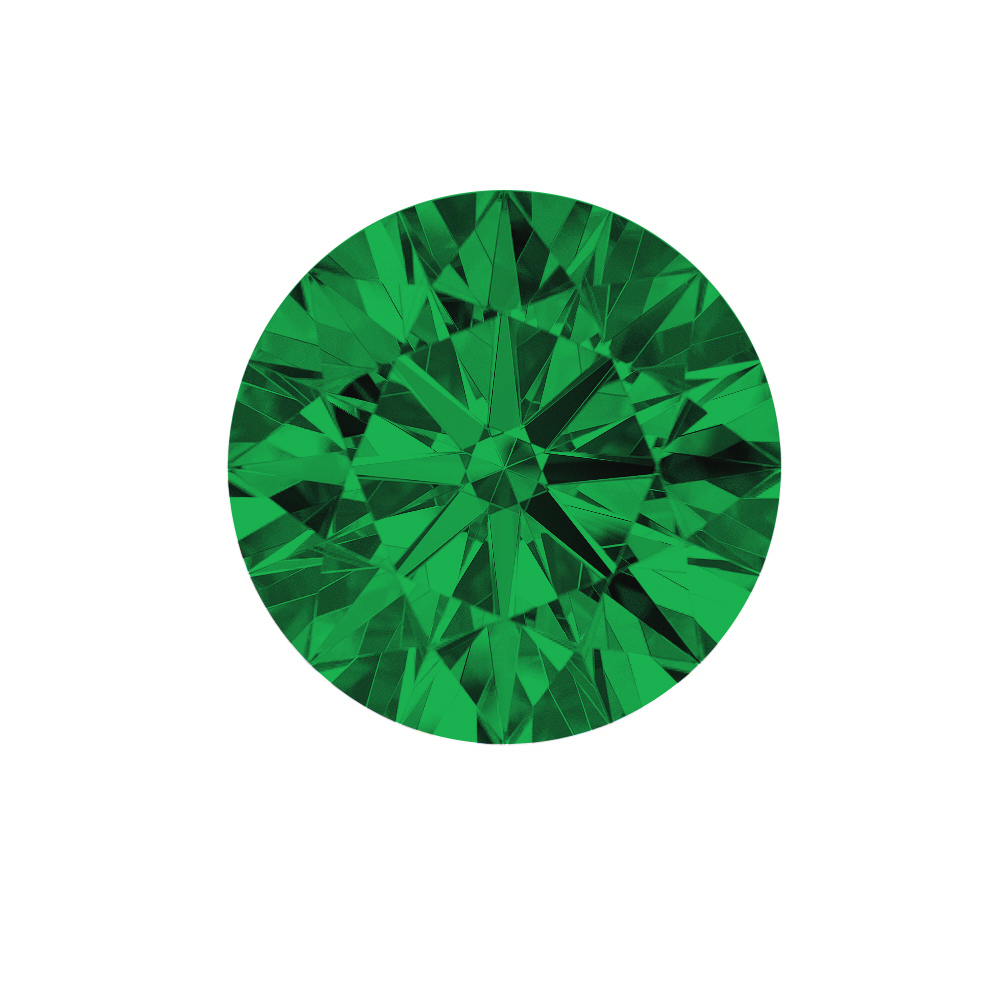
Emerald
Emerald is the most precious member of the beryl family. Emeralds have an intense, rich and radiant green color. The name Emerald is derived from the French “esmeraude? and the Greek root “smaragdos? which means ‘green gemstone’. In emeralds, inclusions are tolerated since they are such a fine gemstone. A high-quality emerald has the potential to be worth more than even a diamond. It has a vitreous luster and sources include Colombia, Zimbabwe, South Africa, Russia (Urals), Afghanistan, Australia (New South Wales, Western Australia), Ghana, India, Madagascar, Malawi, Mozambique, Namibia, Nigeria, Pakistan, Zambia, Tanzania, and the United States (North Carolina). On Mohs” scale of hardness, emerald is 7.5-8. The rich radiance of the emerald makes it such a unique gemstone; however, finding an emerald with good quality is hard because inclusions have an effect on the color. But, even an emerald with inclusions can be more valuable than an almost flawless emerald because the color has the potential to be deeper than the pale color of a flawless emerald. May Birthstone.
